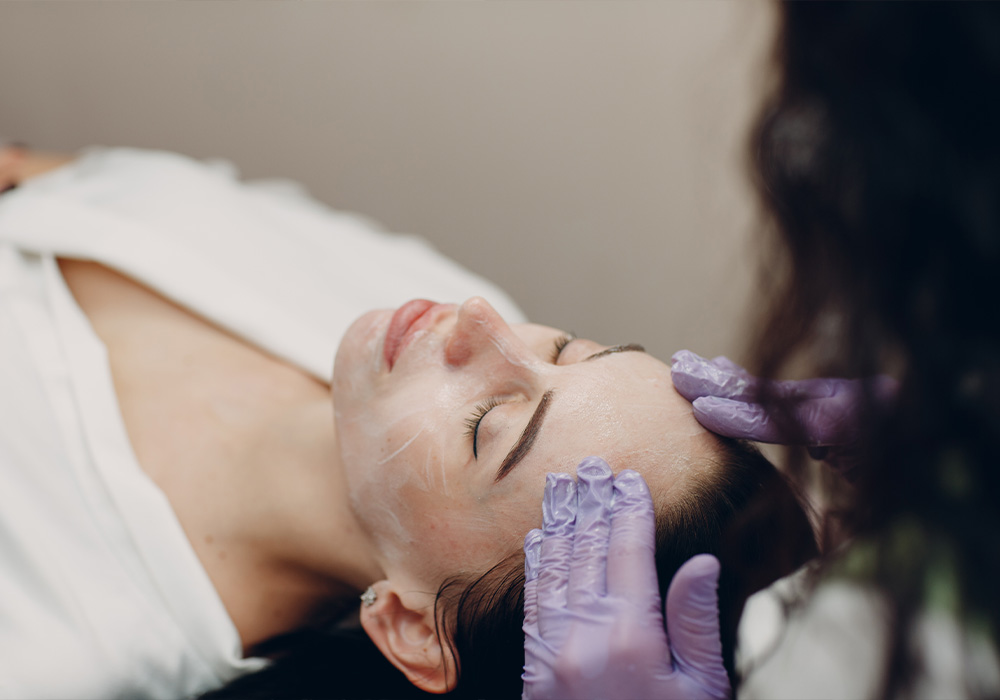It’s a known fact that any type of surgical procedure necessitates a recovery period, consisting of lots of rest and nap time. But, truth be told, your favorite position to sleep in may need to be avoided for a few weeks after surgery, and here’s why.
The procedure performed will dictate the best position for hitting the hay. Wayne, NJ facial plastic surgeon Jeffrey B. Wise, MD says it’s always best to sleep upright after any type of facial surgery to help minimize swelling. “The rule of thumb is to keep the head above the heart following surgery, lasers, hair restoration procedures and even some dermal fillers.” Try adding two to three pillows under your head to help prop yourself up. “A travel neck pillow can also be useful to help maintain the position through the night.”
You May Also Like: Study Says This Common Mistake Could Be Making You Less Attractive to Others
Body procedures are a little different. “For patients who have had a tummy tuck or surgery that involves breast implants, it’s best to sleep on a recliner with the head up at 45 degrees for a few weeks,” says Englewood, NJ plastic surgeon Shwetambara Parakh, MD. “It’s crucial to maintain a semi-reclining position and not lay flat while recovering at home.”
“In the early postoperative period following a breast augmentation, I recommend patients sleep on their backs with several pillows, or preferably in a recliner to help with the weight of the new breasts. This also prevents you from using your hands and pectoral muscles to help you get out of bed in the morning,” she says. It’s also important to avoid lying on your stomach for the first few weeks until the initial healing has occurred and sufficient scar tissue has formed around the breast implants. “For habitual stomach sleepers, you may find that sleeping on your stomach now is not as comfortable as it used to be.”
Butt augmentation procedures are a little different and require the most adjustment for the longest period of time. Dr. Parakh says that when fat is transferred to the butt, only a portion of the fat survives in its new location. “These delicate cells have to regain a blood supply in this new location in order to survive. It is crucial to avoid placing any pressure on the fat cells for six to eight weeks after surgery, which means you have to adjust the way you sleep. Stomach sleeping is best because it is harder to roll over onto your back in the middle of the night,” she explains. “Side sleeping can be an option, too, but you have to very cautious to not roll over.”
As the body heals and swelling goes down, it will become easier to sleep on your back, side or stomach. Just make sure to get the green light from your plastic surgeon first.

















